Snoring and Sleep Apnea, Surgical Management

For patients with a chronic snoring issue, or sleep apnea, medical intervention may be the key to a happier life, both for the patient and the person who tries to sleep next to them at night.
While noninvasive treatments such as mouthpieces are often tried first, surgical options do exist and are many times the curative treatment.
Choosing the correct surgery
The type of operation your oral surgeon recommends will depend on the cause of your snoring or sleep apnea. Common issues include deformities in the mouth, small jaw bones (retrognathia), throat, nasal passage, or an enlargement of the tongue. Nerve problems can also lead to the overrelaxation of your tongue and throat. Only after a thorough examination can a surgical recommendation be made.
Palatal implant
A palatal implant involves the placement of small plastic rods into the soft tissues of the roof of your mouth. The implants help your palate stay rigid while sleeping, causing soft tissue to vibrate less. Palatal implants are used for snoring prevention or very mild cases of sleep apnea.
UPPP
Used only for treating snoring, UPPP (uvulopalatopharyngoplasty) is the removal of some of the soft tissue from the structures of your mouth and throat to widen the airway and make it easier to breathe while you sleep. The small tissue hanging at the back of your throat, called the uvula, may be taken out and sometimes part of the palate or throat walls. UPPP can be carried out using traditional surgical techniques, radiofrequency or laser.
Maxillomandibular advancement
Used to correct a facial deformity affecting the upper and lower jaws, maxillomandibular advancement (MMA) repositions both of your jawbones in order prevent the soft tissues from collapsing into the airway and is a curative procedure for obstructive sleep apnea.
Hyoid suspension
In a hyoid suspension surgery, the base of your tongue and epiglottis (elastic throat tissue) are moved forward to open your breathing passage.
Lingualplasty
An enlarged tongue can often be corrected with lingualplasty. Along with reducing the size of your tongue, the oral surgeon may also remove your tonsils and/or part of the epiglottis.
Genioglossus advancement
Advancing the genioglossus means detaching the muscle that connects your tongue to your jaw and moving it forward. Moving your tongue forward makes it less likely that it will relax and fall back into your throat while you sleep.
Hypoglossal nerve stimulation
Hypoglossal nerve stimulation involves the placement of a surgically-implanted device that stimulates the nerve that controls the muscles in your upper airway while you sleep. The device is able to detect irregularities in your breathing and send signals to your hypoglossal nerve to open your airway.






